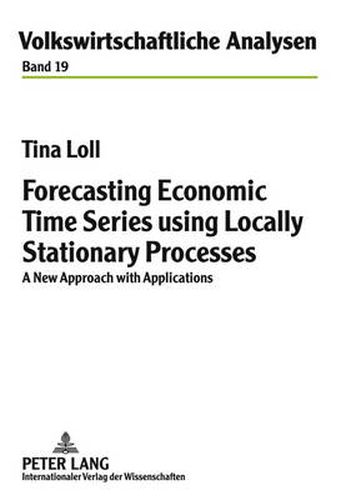Readings Newsletter
Become a Readings Member to make your shopping experience even easier.
Sign in or sign up for free!
You’re not far away from qualifying for FREE standard shipping within Australia
You’ve qualified for FREE standard shipping within Australia
The cart is loading…






Stationarity has always played an important part in forecasting theory. However, some economic time series show time-varying autocovariances. The question arises whether forecasts can be improved using models that capture such a time-varying second-order structure. One possibility is given by autoregressive models with time-varying parameters. The author focuses on the development of a forecasting procedure for these processes and compares this approach to classical forecasting methods by means of Monte Carlo simulations. An evaluation of the proposed procedure is given by its application to futures prices and the Dow Jones index. The approach turns out to be superior to the classical methods if the sample sizes are large and the forecasting horizons do not range too far into the future.
$9.00 standard shipping within Australia
FREE standard shipping within Australia for orders over $100.00
Express & International shipping calculated at checkout
Stationarity has always played an important part in forecasting theory. However, some economic time series show time-varying autocovariances. The question arises whether forecasts can be improved using models that capture such a time-varying second-order structure. One possibility is given by autoregressive models with time-varying parameters. The author focuses on the development of a forecasting procedure for these processes and compares this approach to classical forecasting methods by means of Monte Carlo simulations. An evaluation of the proposed procedure is given by its application to futures prices and the Dow Jones index. The approach turns out to be superior to the classical methods if the sample sizes are large and the forecasting horizons do not range too far into the future.